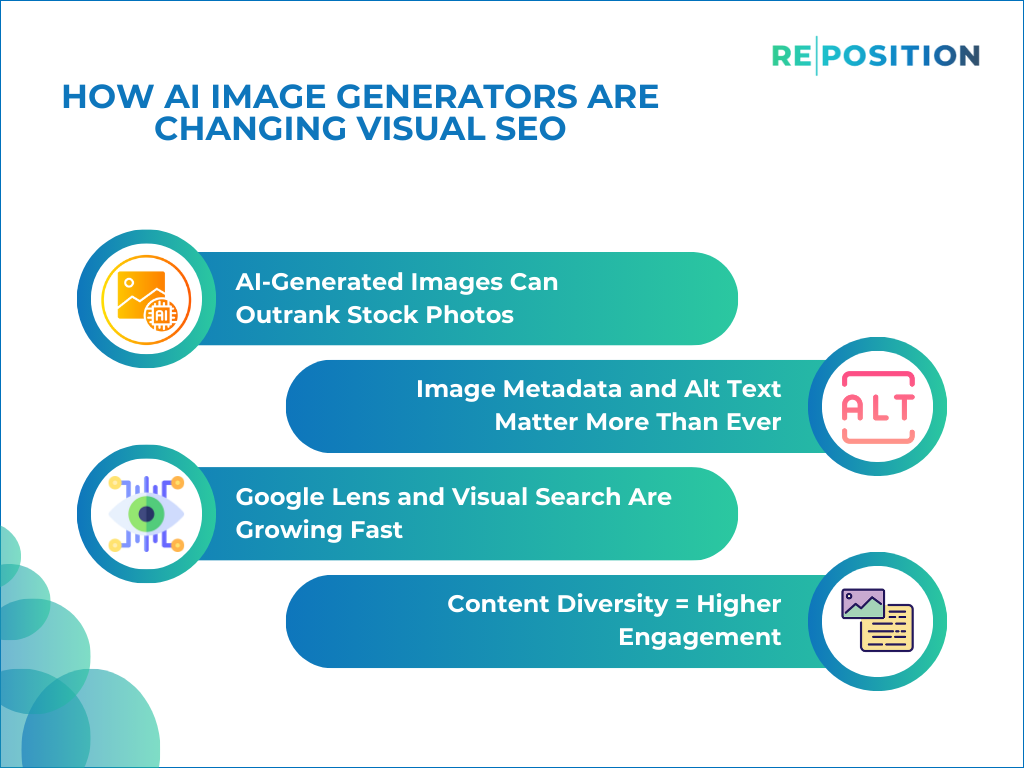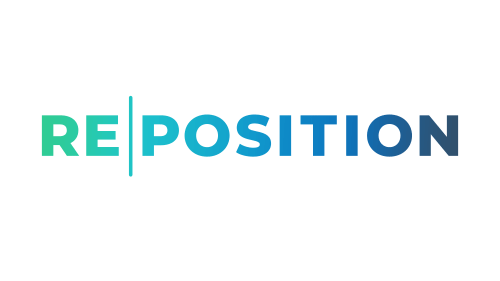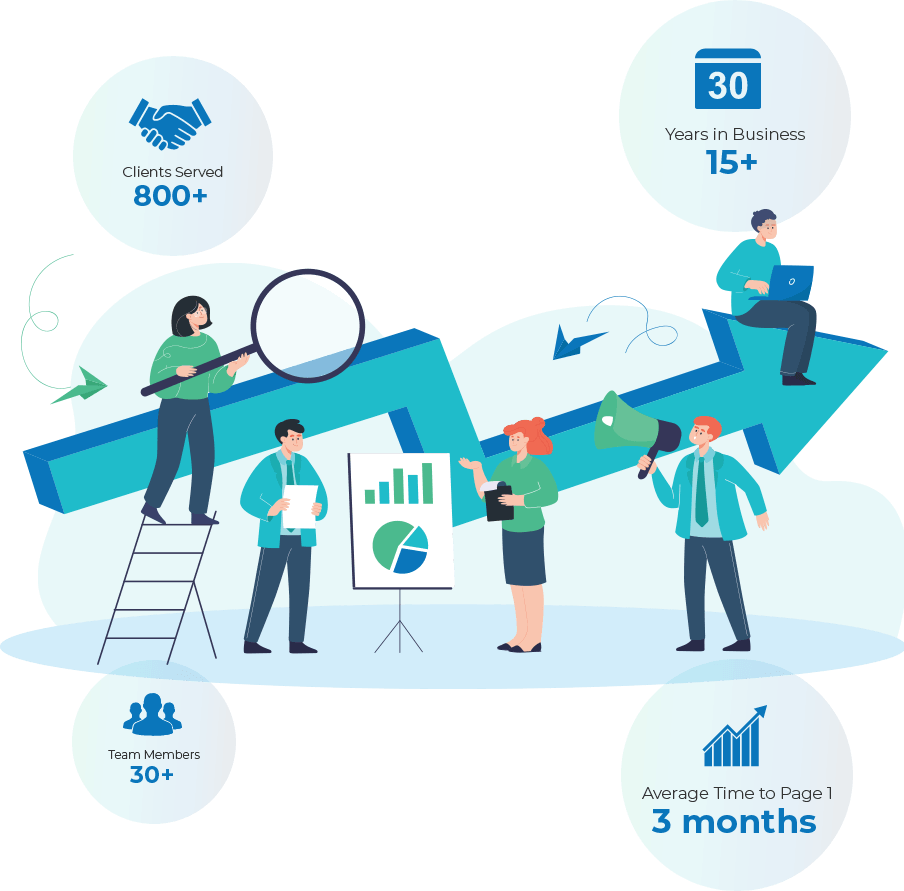Visual SEO – Wait, Images Are Changing SEO? Yes, Big Time.
You’ve probably heard about AI-generated images, maybe even played around with tools like DALL·E, Midjourney, or Stable Diffusion to create stunning visuals from just a text prompt. It’s mind-blowing, right?
Now, imagine this shift not just for fun but in the world of Google Search. That’s exactly what’s happening. AI-generated images are reshaping how search engines understand, rank, and display visual content. This isn’t some far-off future, it’s happening right now.
So, if you’re someone who relies on SEO, content marketing, or eCommerce, here’s the deal: Visual search is evolving, and AI-generated images are playing a massive role in it.
Let’s understand this.
What Is Latent Diffusion and Why Should You Care?
Alright, let’s not get too technical, but here’s the simplest way to understand it:
Latent Diffusion is an AI-powered process that generates images from noise, like starting with TV static and magically turning it into a high-definition picture. It’s the technology behind tools like Stable Diffusion and DALL·E.
Now, here’s where things get interesting for search:
- Google’s image recognition AI is getting better at understanding AI-generated visuals.
- Latent diffusion models create high-quality, optimized images that could rank better in search results.
- Businesses and content creators can now generate unique, SEO-friendly images on demand, with no need for stock photos.
This means your images aren’t just images anymore. They’re searchable, optimized, and potentially more visible than ever before.
How AI Image Generators Are Changing Visual SEO

If you think SEO is just about keywords and backlinks, you’re missing out. Search engines are shifting toward multimodal search, meaning they analyze both text and images together.
1. AI-Generated Images Can Outrank Stock Photos
Google prioritizes unique, relevant visuals. AI-generated images are custom and tailored to content, unlike stock photos that have been used a thousand times.
Action Tip: If you’re still using generic stock images, consider AI-generated visuals to make your content more original and search-friendly.
2. Image Metadata and Alt Text Matter More Than Ever
AI-generated images lack natural EXIF data (camera details, location, etc.), which means metadata optimization is crucial.
Action Tip: When using AI images, manually add alt text, captions, and file names that match search intent.
3. Google Lens and Visual Search Are Growing Fast
People aren’t just typing searches anymore, they’re searching with images. Whether it’s shopping, identifying objects, or exploring content, Google Lens is making image search mainstream.
Action Tip: If you run an online store or a blog, optimize your AI-generated images for Google Lens by ensuring clear subjects and descriptive filenames.
4. Content Diversity = Higher Engagement
Let’s be honest, people scroll past blocks of text. But throw in an eye-catching AI-generated visual, and suddenly, engagement skyrockets.
Action Tip: Use AI-generated images strategically to break up text-heavy content and boost engagement.
The Big Question: Will AI-Generated Images Get Penalized in Search?
Here’s the honest answer: Not if you use them correctly.
Google doesn’t penalize AI-generated images just because they’re AI-made. What matters is:
✔️ Relevance – Does the image match the content?
✔️ Originality – Is it unique, or does it look like generic AI art?
✔️ Optimization – Did you add proper alt text, metadata, and descriptions?
If your AI-generated images are high quality and enhance user experience, they can actually help your SEO instead of hurting it.
AI and Visual Search Are the Future
The way we search is evolving faster than ever. With AI-generated images powered by latent diffusion, search engines are shifting beyond just text-based queries, they’re now understanding visual content at a much deeper level.
This means that image SEO is no longer an afterthought, it’s a critical factor in ranking well on search engines. Whether you’re a content creator, business owner, or SEO specialist, ignoring visual optimization means losing out on valuable traffic, engagement, and conversions.
So, What Should You Do?
1) Start Experimenting with AI-Generated Images
If you’re still relying on stock images or generic visuals, now is the time to embrace AI-generated images. They allow you to create unique, high-quality visuals that are customized to your content and brand—helping you stand out in search results.
2) Optimize AI-Generated Images Just Like Written Content
Just because an image is AI-generated doesn’t mean it will automatically rank. Search engines still rely on alt text, file names, structured data, and surrounding content to understand and index images properly. Make sure every image you use is:
- Relevant to the page’s topic.
- Properly labeled with descriptive alt text and metadata.
- Compressed for fast loading speeds without losing quality.
3) Think Beyond Keywords, Visual Search is the Next Big Thing
Google is moving toward multimodal search, where text, images, and even video are analyzed together to provide richer search results. This means ranking in visual search (like Google Lens) could soon be as powerful as ranking in traditional search.
If your brand isn’t preparing for this shift, you’re already behind. The businesses that prioritize visual content, experiment with AI-generated images, and optimize them correctly will win in search rankings.
Bottom Line: The Future of Search is AI-Driven & Visual, Are You Ready?
Search engines are no longer just reading, they’re seeing and understanding visuals better than ever. AI-generated images aren’t just a trend; they are reshaping the way search engines rank and display content.
So, here’s the real question: Are you adapting, or are you falling behind?
Now’s the time to leverage AI, refine your image SEO strategy, and stay ahead of the curve, because the future of search isn’t just text-based anymore. It’s visual, AI-powered, and happening right now.

 SEO Services
SEO Services  Request a Quote
Request a Quote
 London
London
